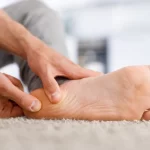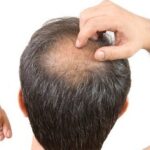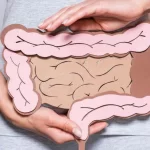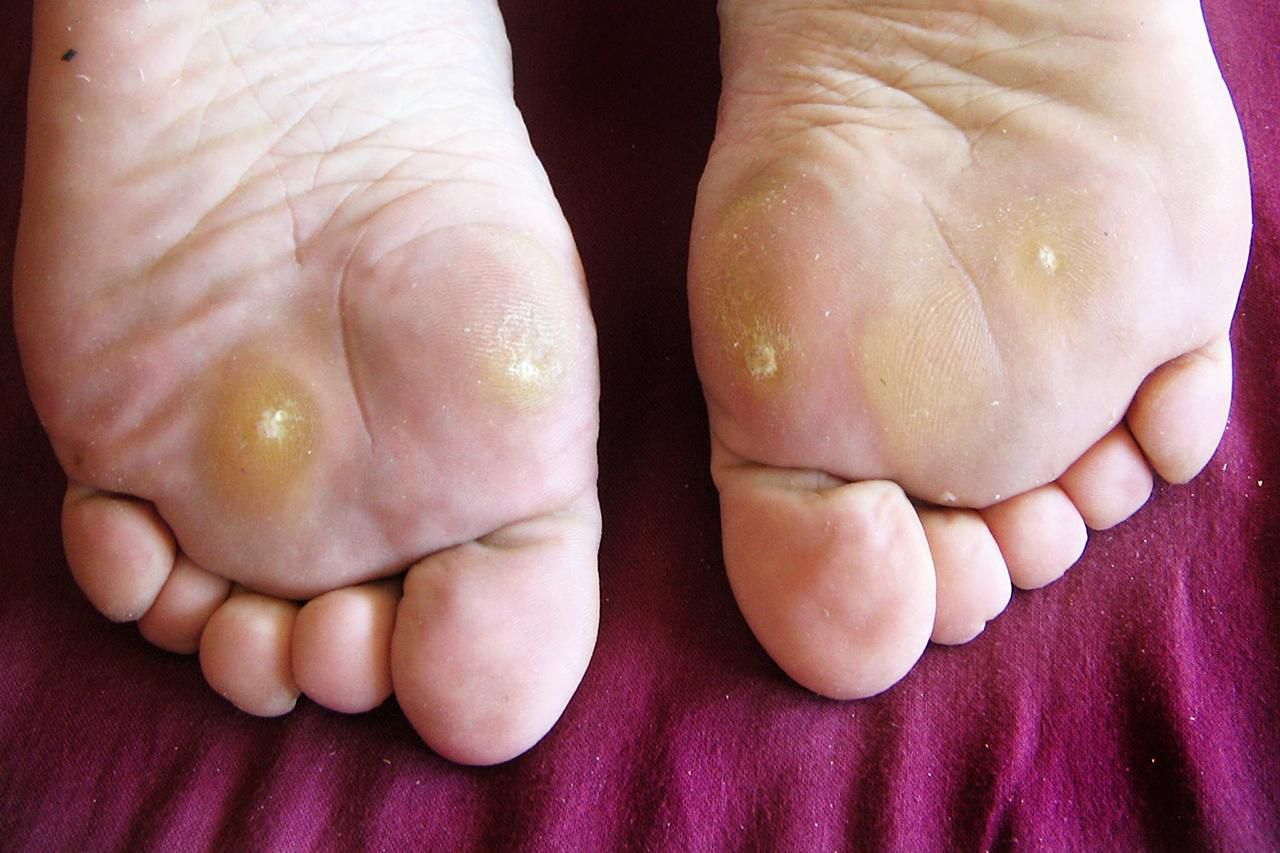Understanding Nail Problems
On nail problems, nail health is an integral aspect of overall well-being, often reflecting our overall health and lifestyle. While many nail concerns are benign, understanding the causes, preventive measures, and treatment options can help maintain healthy nails and identify potential underlying health issues.
This comprehensive guide delves deeper into common nail problems, their causes, prevention strategies, and when to seek medical advice.
Common Nail Problems: An Overview
What Are Nail Issues? Our nails are usually smooth and have a consistent color. As we grow older, our nails might get vertical ridges or become a bit weak. This is normal and not a big problem. If you hurt your nail, spots might appear but they should go away as your nail grows.
Problems with nails, like spots, color changes, or separation from the skin, can happen because of injuries, warts, infections, or certain medicines. Sometimes, health conditions can change how your nails look.
But just by looking at nails, it’s hard to know exactly what’s wrong. Doctors look at your nails, ask about your symptoms, and do some tests to find out what’s happening.
If you notice changes in your nails, it’s best to talk to a doctor.
Nails can present various issues, ranging from cosmetic concerns to potential health indicators. Some of the common nail problems include:
- Brittle Nails: Nails that are dry, brittle, or easily breakable.
- Discoloration: Changes in nail color, ranging from yellowing to dark spots.
- Misshapen Nails: Nails that are oddly shaped or have irregular growth patterns.
- Loose Nails: Nails that become detached from the nail bed.
- Thickened Nails: Nails that become thicker and harder.
- Fungal Infections: Infections that can cause discoloration, thickening, or crumbling of nails.
Natural Changes in Nails Over Time
Understanding the natural changes in nails can help differentiate between normal aging processes and potential health concerns:
- Aging: As individuals age, nails may become more brittle, prone to breakage, or develop ridges. Maintaining proper nail care and hydration can help combat these changes.
- Pregnancy: Hormonal changes during pregnancy can affect nail texture and strength. Post-pregnancy, nail health typically improves within six months.
- Injury: Nails can sustain injuries, leading to discoloration, loosening, or loss. Proper care and protection can aid in nail recovery and regrowth.
These changes can happen because of various reasons, like:
- Beau’s lines: Lines across nails, can happen due to fever, diseases, or certain health issues.
- Clubbing: Nails becoming thick and curvy, linked to heart, lung, or liver problems.
- Koilonychia (Spooning): Nails scooping outwards, can mean anemia, heart issues, or other conditions.
- Leukonychia (White Spots): White spots or lines, often harmless but can be due to health issues.
- Mees’ lines: White lines, can indicate poisoning.
- Onycholysis: Nail separating from the nail bed, can be due to infection or other reasons.
- Pitting: Small dents in the nails, common in psoriasis.
- Terry’s nails: Dark tips of nails, can be due to aging or health conditions.
- Yellow Nail Syndrome: Thick, slow-growing nails without a cuticle, linked to various health issues.
If you have any of these nail issues, it doesn’t mean you have a serious health problem. But it’s a good idea to see a doctor to make sure everything is okay.
SEE ALSO: Emotional Wellbeing
Tips to Maintain Healthy Nails
To address and prevent common nail issues, consider the following recommendations:
Do:
- Protect your hands by wearing rubber gloves when frequently exposed to water or cleaning agents.
- Clean your nails gently using a soft nailbrush.
- Apply moisturizing hand cream to nourish your nails and fingertips.
- Regularly trim your nails, ideally after a shower or bath.
- Trim damaged or loose nails back to the point where they are firmly attached to prevent bending or snagging.
Don’t:
- Avoid cutting nails too short or down the edges to prevent ingrown toenails; trim nails straight across.
- Refrain from cleaning under your nails with sharp tools.
- Choose footwear that fits comfortably, especially during physical activities.
- Resist the urge to bite or pick at your nails or surrounding skin.
- Address fungal infections promptly, such as athlete’s foot.
When to Seek Medical Advice
If you notice significant changes in your nails or experience discomfort, consider seeking medical advice:
- Consult a GP if your nail changes are unexplained or accompanied by skin inflammation, which could indicate an infection or ingrown toenail.
- See a podiatrist if your nails are excessively tough to trim or if you have difficulty reaching them.
- Some GPs may refer you to a podiatrist, or you can choose to consult a podiatrist privately.
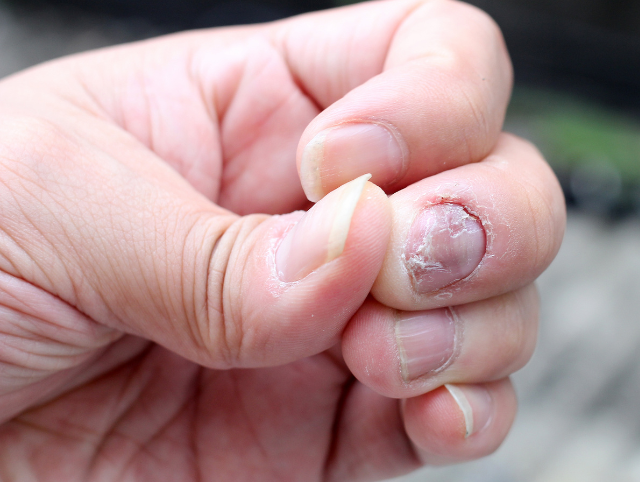
Underlying Causes of Nail Problems
While most nail issues stem from common factors like injuries, hygiene practices, or fungal infections, they can also be indicative of underlying health conditions:
- Health Conditions: Nail problems can sometimes signal conditions such as psoriasis, iron deficiency anemia, thyroid imbalances, diabetes, or heart, lung, and liver diseases.
- Medication: Certain medications may also contribute to nail problems. Always check the potential side effects of any medication you are taking.
Self-Referral to a Podiatrist
If you are experiencing nail problems, you may be able to directly consult a podiatrist without a GP referral. To locate podiatry services in your area:
- Inquire at your GP surgery.
- Visit your GP surgery’s website.
- Contact your local integrated care board (ICB).
- Search online for NHS podiatrists near you.
Advice on Nail Health and Maintenance:
- Regular Check-ups: Just like you would for any other part of your body, regularly check your nails for any changes or abnormalities. This can help in catching potential issues early.
- Hygiene is Key: Always keep your nails clean and dry. Moist environments can lead to fungal infections. Dry your hands and feet thoroughly after washing.
- Healthy Diet: Eating a balanced diet rich in vitamins and minerals is crucial for nail health. Foods rich in biotin, iron, zinc, and omega-3 fatty acids can promote strong and healthy nails.
- Gentle Nail Care: Avoid using your nails as tools to open things or scratch surfaces. This can lead to nail breakage or damage. Always use proper tools for tasks and be gentle with your nails.
- Moisturize: Just like your skin, your nails and cuticles need moisture too. Use a moisturizing hand cream or nail oil regularly to keep them hydrated.
- Safe Nail Practices: If you enjoy manicures or pedicures, ensure the salon follows proper hygiene practices. Tools should be sterilized, and it’s always a good idea to bring your own if possible.
- Limit Chemical Exposure: Reduce the use of nail polish removers that contain harsh chemicals like acetone. Prolonged exposure can weaken nails. Opt for acetone-free removers when possible.
- Protective Measures: When doing chores that involve prolonged water exposure or harsh chemicals, wear gloves to protect your nails and hands.
- Avoid Nail Biting and Picking: These habits can introduce bacteria and lead to infections. If you struggle with these habits, consider using a bitter-tasting nail polish designed to deter biting.
- Stay Informed: Educate yourself about common nail problems and their causes. Knowing what to look out for can help you identify and address issues early on.
Remember, while many nail issues are harmless and can be managed with proper care and hygiene, it’s essential to consult a doctor or dermatologist if you notice persistent or concerning changes in your nails.
They can provide a proper diagnosis and recommend appropriate treatments or interventions. Taking proactive steps towards nail health can contribute to your overall well-being and confidence.
Conclusion
Understanding and addressing nail problems promptly can help maintain healthy nails and prevent potential complications.
By following proper nail care practices, being aware of changes in your nails, and seeking timely medical advice when necessary, you can promote optimal nail health and overall well-being.

A graduate of Computer Science and Information Management Technology. Diploma – Caregiving, Certificates – Dementia and Diabetes Awareness and Management. A researcher, blogger, songwriter, singer and acoustic guitarist. Born in an environment where natural talents such as healing are imparted at our natural birth. This natural talents of healing is the result of our genetic inheritance and the training from family environment.




